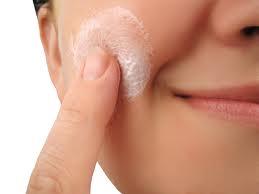GENERAL PRINCIPLE OF SENSITISATION TESTS IN GUINEA PIGS:
The test animals are initially exposed to the test substance by intradermal injection and/or epidermal application (induction exposure). Following a rest period of 10 to 14 days, during which an immune response may develop, the animals are exposed to a challenge dose. The extent and degree of skin reaction to the challenge exposure in the test animals is compared with that demonstrated by control animals which undergo sham treatment during induction and receive thechallenge exposure.
ELEMENTS COMMON TO SENSITISATION TESTS IN GUINEA PIGS
Sex of animals: Male and/or female healthy young adult animals can be used. If females are used they should be nulliparous and non-pregnant.
Preparation of the animals: Animals are acclimatised to the laboratory conditions for at least 5 days prior to the test. Before the test, animals are randomised and assigned to the treatment groups. Removal of hair is byclipping, shaving or possibly by chemical depilation, depending on the test method used. Care shouldbe taken to avoid abrading the skin. The animals are weighed before the test commences and at the end of the test.
Number of animals: A minimum of 10 animals is used in the treatment group and at least 5 animals in the controlgroup. When fewer than 20 test and 10 control guinea pigs have been used, and it is not possible to conclude that the test substance is a sensitiser, testing in additional animals to give a total of at least 20 test and 10 control animals is strongly recommended.
Dose levels: The concentration of test substance used for each induction exposure should be well-tolerated systemically and should be the highest to cause mild-to-moderate skin irritation. The concentration used for the challenge exposure should be the highest non-irritant dose. The appropriate concentrations can be determined from a pilot study using two or three animals.
Data should be summarised in tabular form, showing for each animal the skin reactions at each observation.
